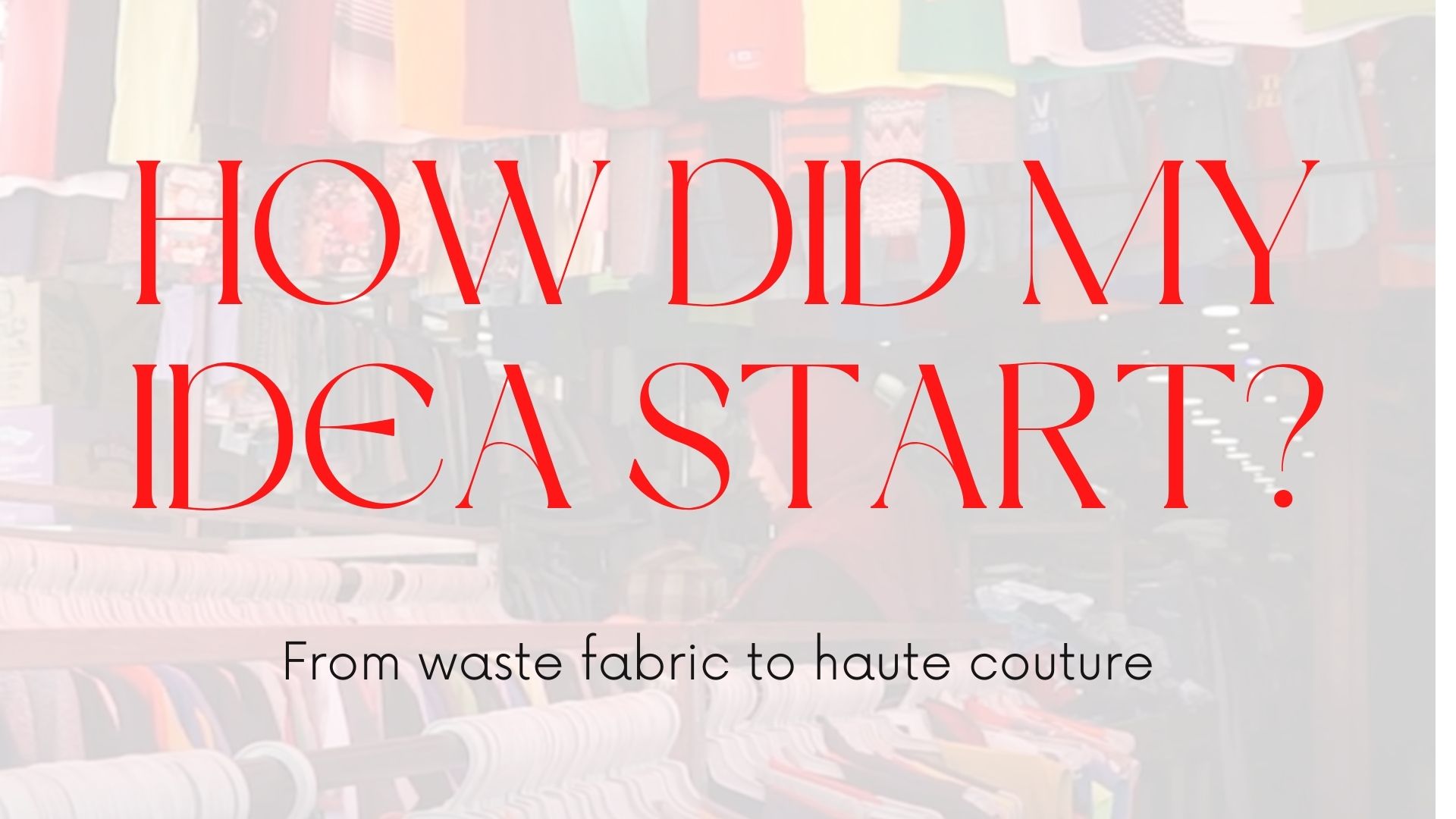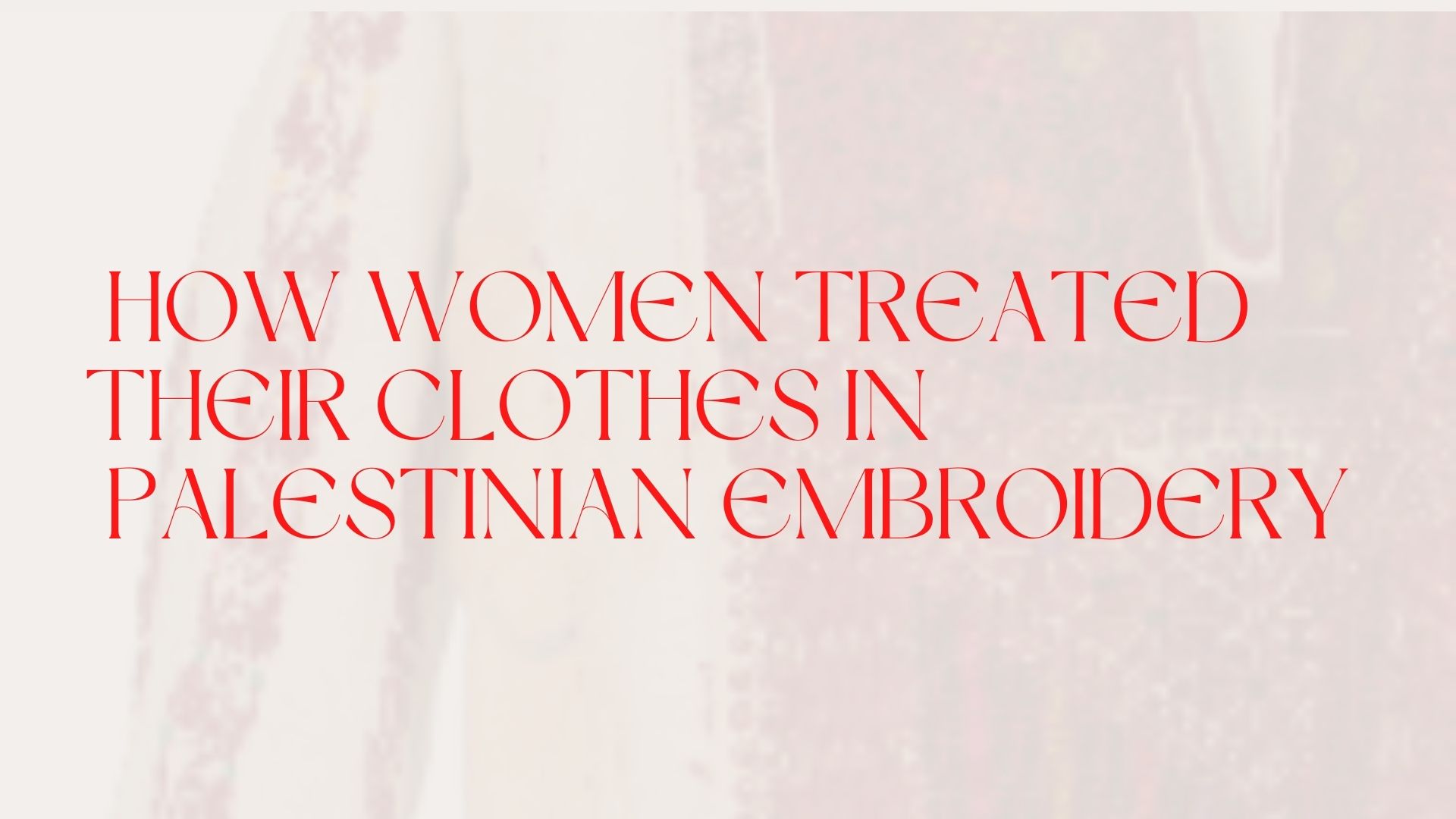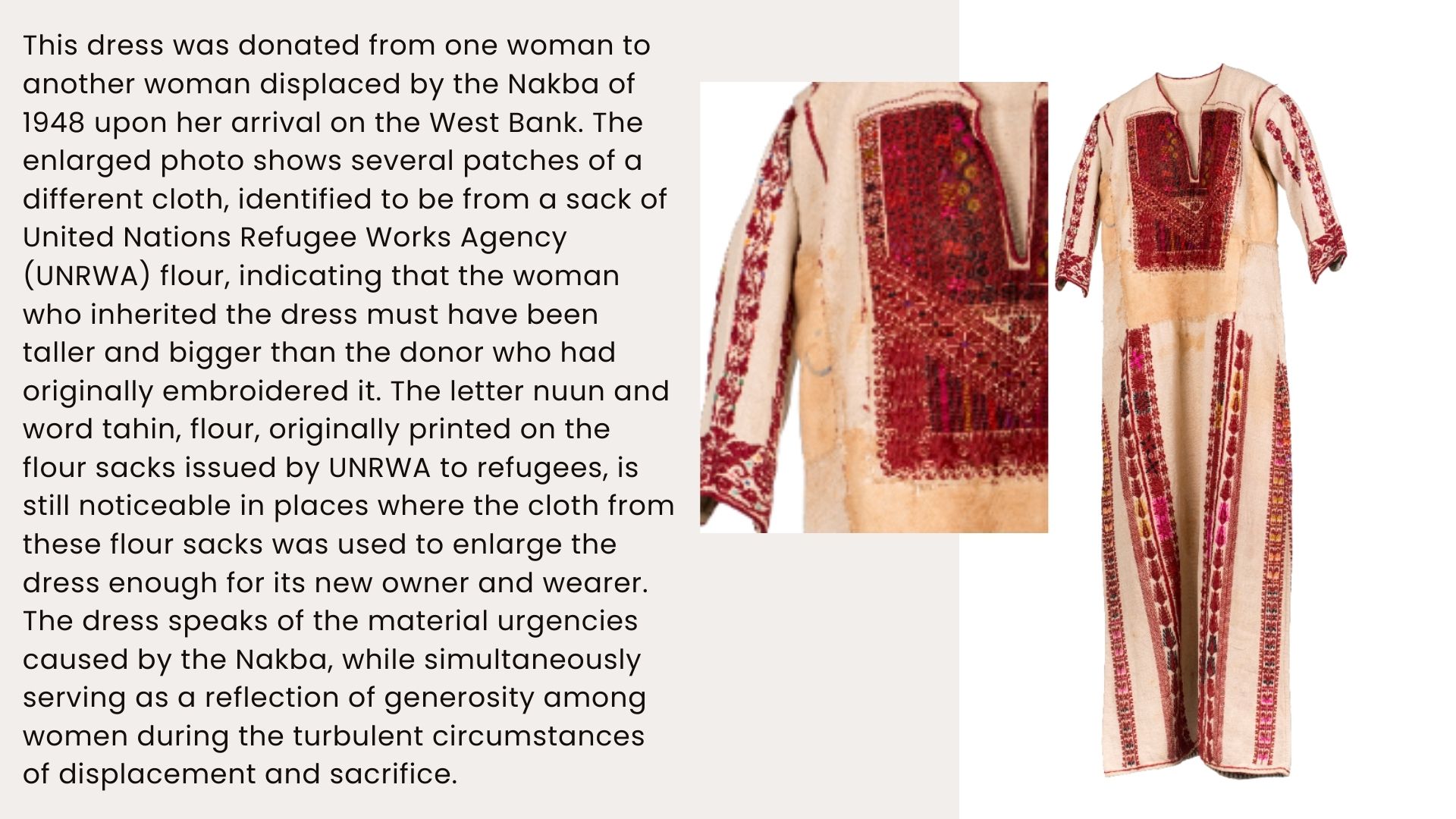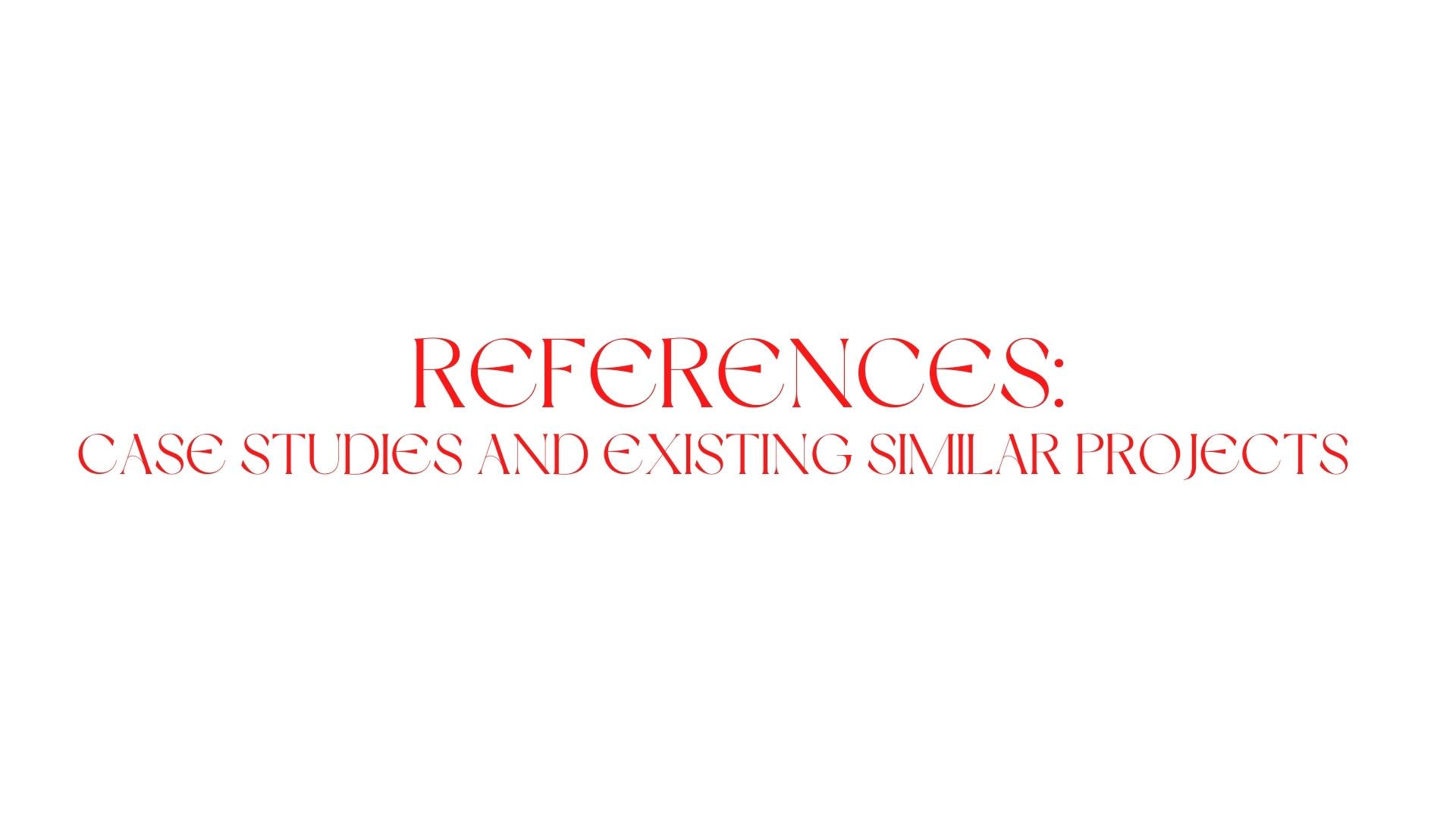Research

When I was young, I went to the market to buy Eid clothes on my own, I got lost and went to a place sell used clothes, I didn't know about it before. It was a popular and beautiful place with different voices from sellers. I bought a blouse and came home happy with the low price I got. When my family saw it, they told me it was used and had to be washed before wearing it. When I wore it, many people asked me about it, the design was different and the model was not available in the market. I told the people that it was from a second-hand clothing store, and I saw amazement on their faces. I understood after a time that many people around us buy used clothes and hide that because it is considered for the poor. And every time someone asked me about my clothes and told them that it was second-hand He was feeling safe telling me he was buying from these stores, too. I used to go there a lot because the place has a lot of rare items. I wish I had a magic wand to change damaged or lost things and turn things that others find ugly into beautiful things. These ideas have always been in my head, someone should bring life to these fabrics and tell people that there is a treasure buried in second-hand stores. I recently worked on designs inspired by Palestinian embroidery and learned a lot about the craft. I began to retell the story of this art to the world. Today, after learning at Textel Academy, I felt it was a good time to incorporate two ideas that were separate. Today I can say that the time has come to realize this dream. To encourage others to say out loud that they are buying from second-hand clothing stores because that act saves the environment.

The number of garments produced annually has doubled since 2000 and exceeded 100 billion for the first time in 2014 and an estimated 92 million tons of textile waste is created annually from the fashion industry. Shockingly, every second, the equivalent of one garbage truck of textiles is landfilled or burned globally. If that wasn’t an insult – let’s add another injury: textile waste is estimated to increase by about 60% between 2015 and 2030, with an additional new 57 million tons of waste being generated annually, reaching an annual total of 148 million tons. Imagine this…With each second that passes by, a truck worth of textiles is piled into a landfill. An average dump truck is 76 cubic metres in diameter. When discarded, that dump truck covers 10-14 cubic yards of waste. Simply put, for Every Second you’re reading this article, 7.6 to 10 cubic meters of discarded textiles and fabric waste are being dumped. It also means that fashion is a massive contributor to the 1.2 billion tonnes of greenhouse gas emissions released each year. Shocking, isn’t it? Even worse, the data released about the waste generated by the fashion industry doesn’t get any better. The manufacturing process behind fast fashion is scary. For example, textile dyeing alone is the second highest contributor to water pollution, after agriculture.


This is one of the stories that teach us how women treated their clothes, taking their embroidered clothes with them as the most precious thing in their hearts when they fled. Re-use the embroidered pieces of the dress in other dresses, they appreciate the effort and the uniqueness. “It’s not easy. We, at Fashion Revolution, love fashion because fashion is our chosen skin. It’s fun, it’s how you celebrate your individuality, it’s the face you show to society and it says something about who you are as a person. We would never want to take that away from consumers. We want to continue to celebrate fashion in this way.” BUT TODAY You have to take a different path to get unique results. “ it’s time to fall in love with our closets and to have fun with our sustainable style. From wearing, restyling and repairing the clothes that we already own, swapping and selling the clothes we no longer love or have a need for, to actively looking to preferentially buy clothes made with recycled fibres, upcycled fabrics, or more sustainable raw materials, there are many fashion-forward ways to enjoy a closet with a cause.”

_ This year, London Fashion Week prohibited designers from using animal fur on its catwalks following pledges by brands such as Burberry, Gucci and Versace to go fur-free. Meanwhile, companies such as Adidas and G-Star RAW have developed apparel made from ocean plastic, with Adidas selling over a million from its ‘Parley’ range in 2017.
_ Stella McCartney, Mara Hoffman, and Marine Serre are just some of the big labels taking the word ‘sustainability’ and acting on it.
_ In Jordan: Safi crafts: They work on planting, producing, exporting and using indigo dye There is also a pioneering experiment in one of the regions of Jordan that turns banana fibres into straw products.